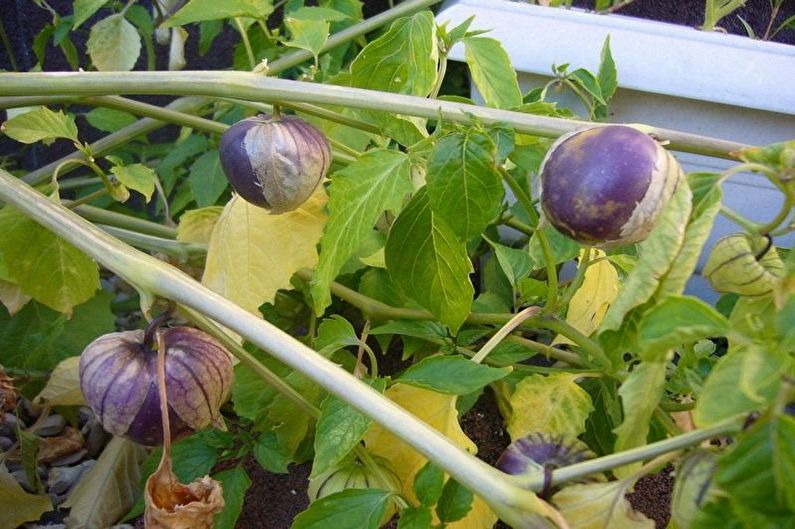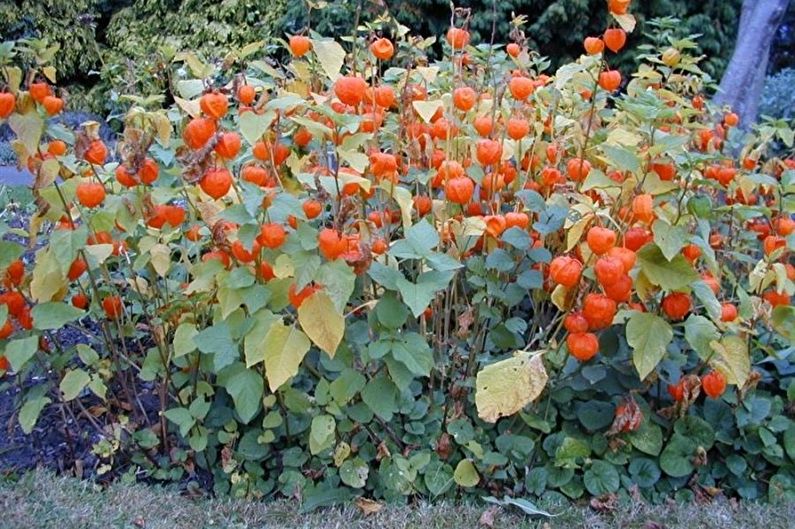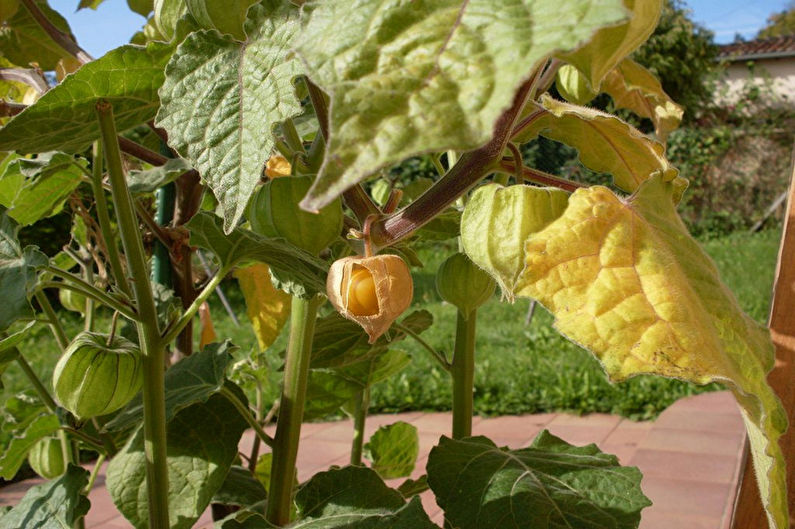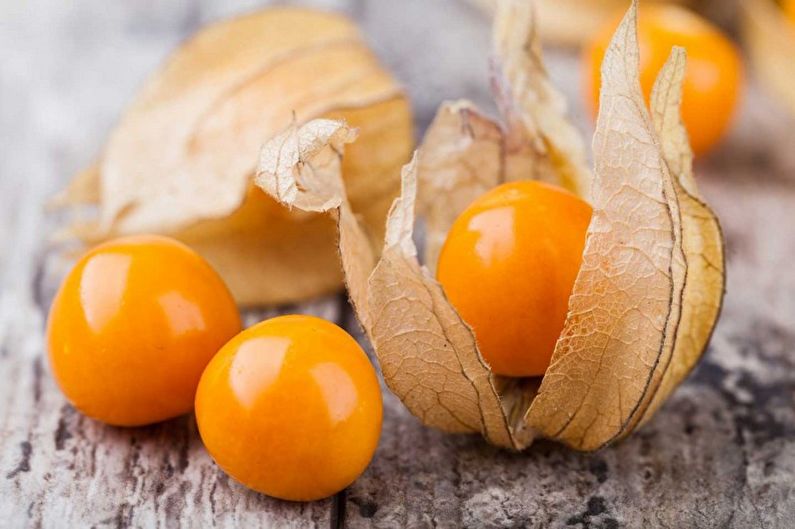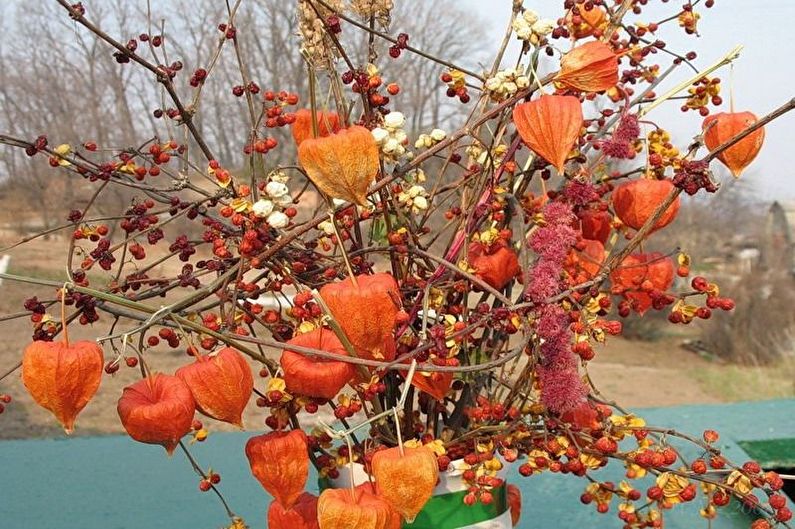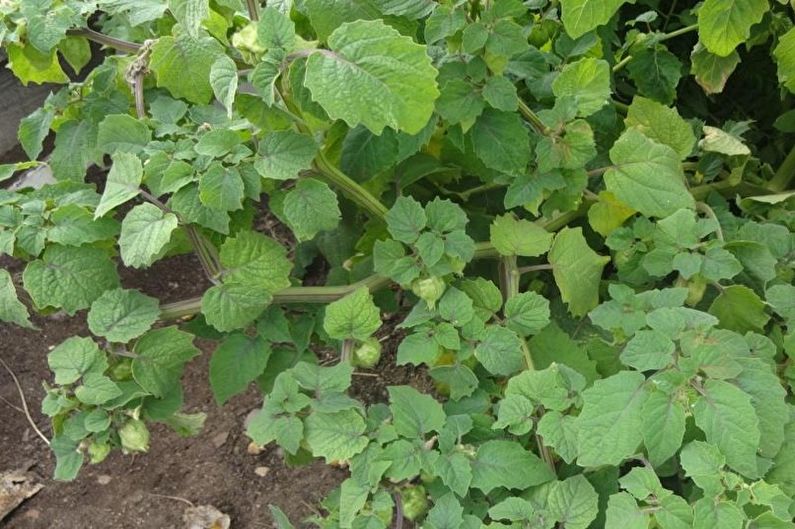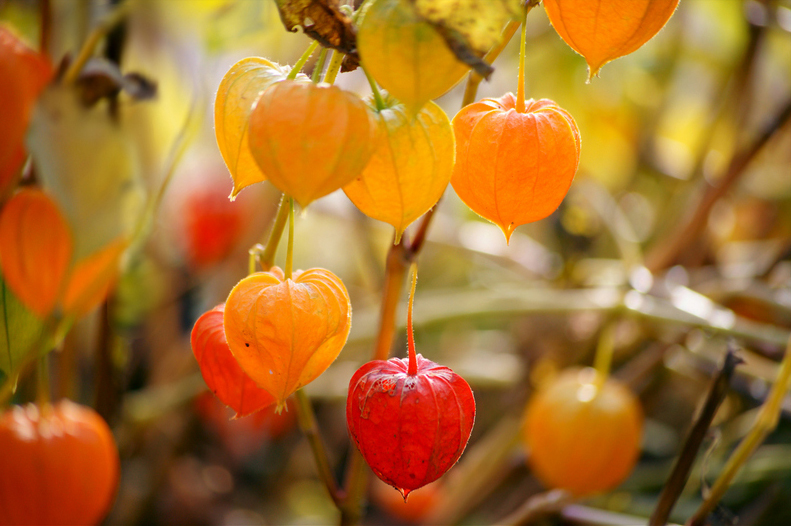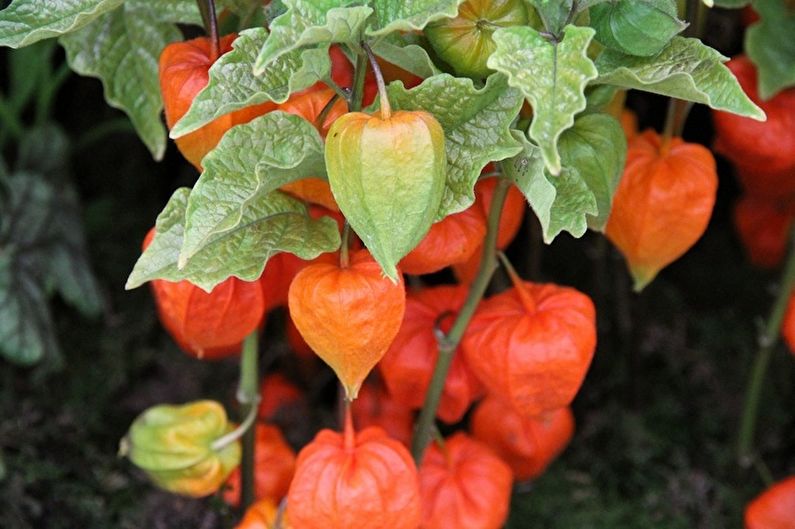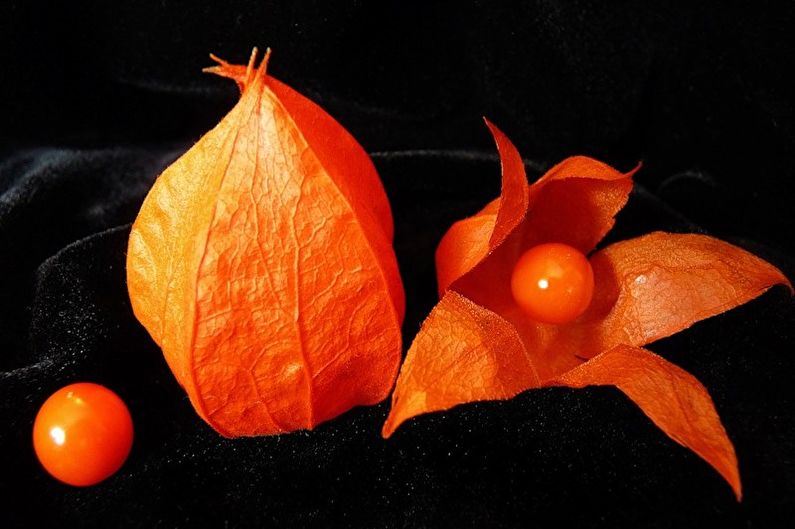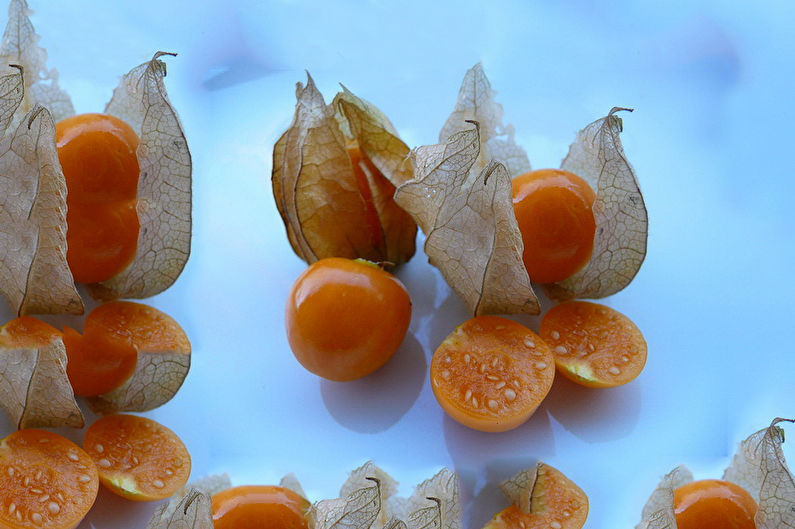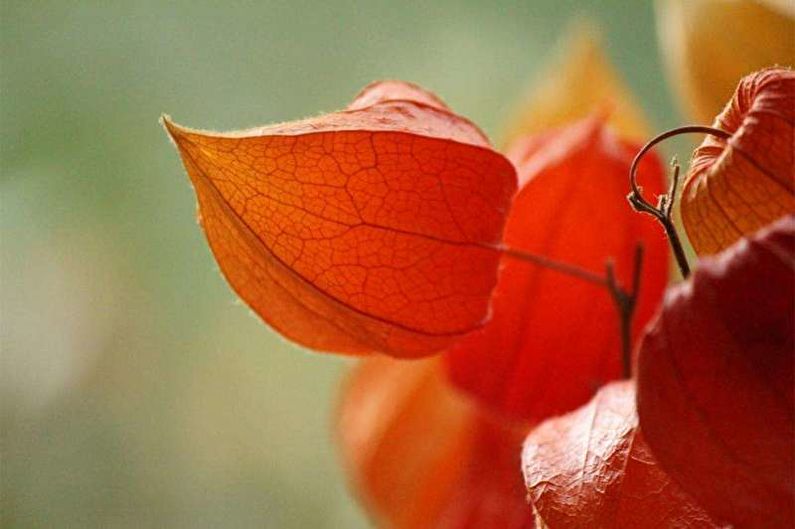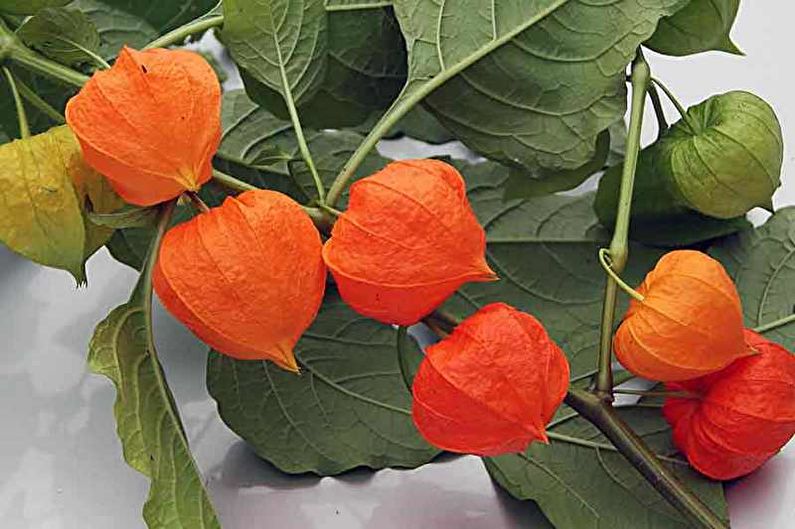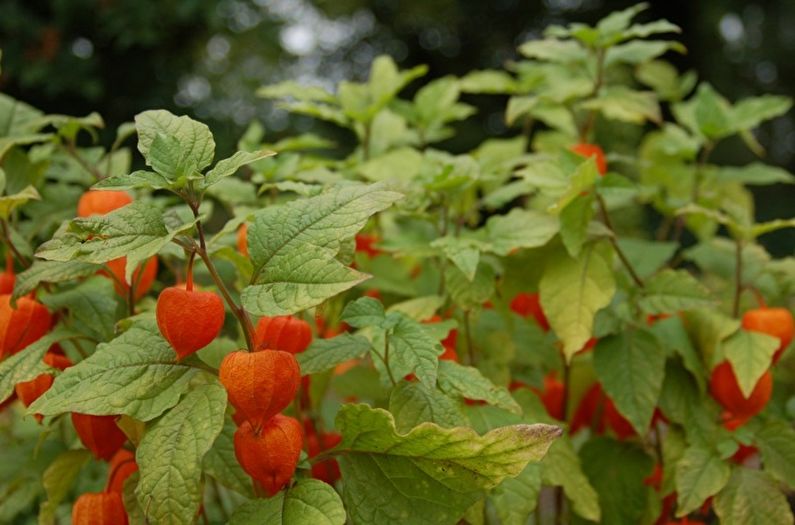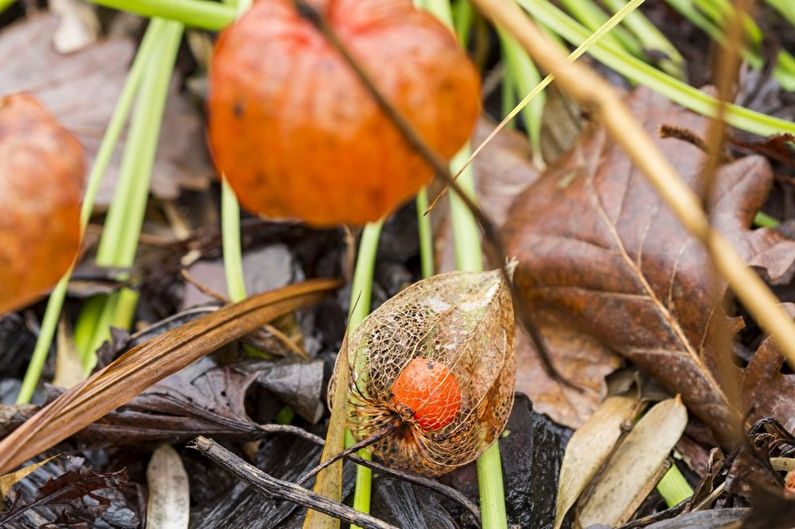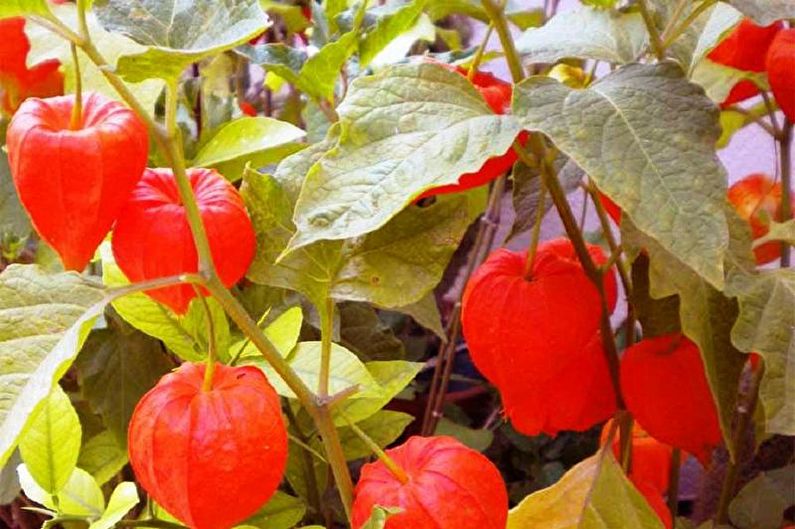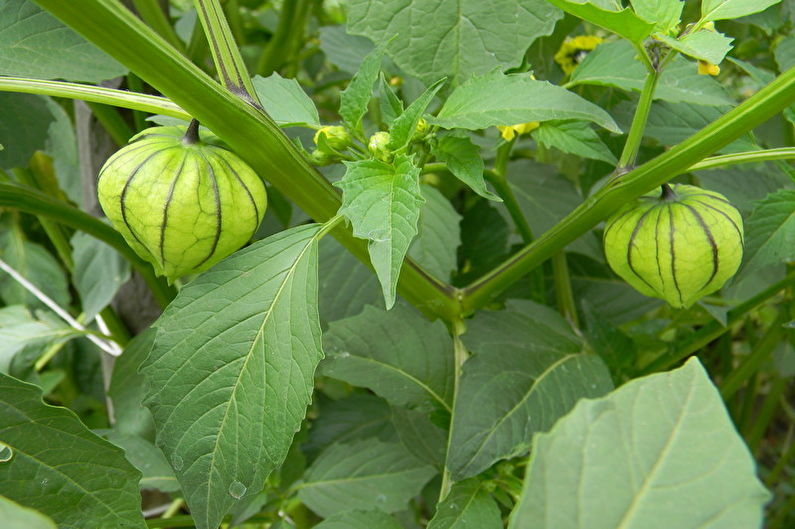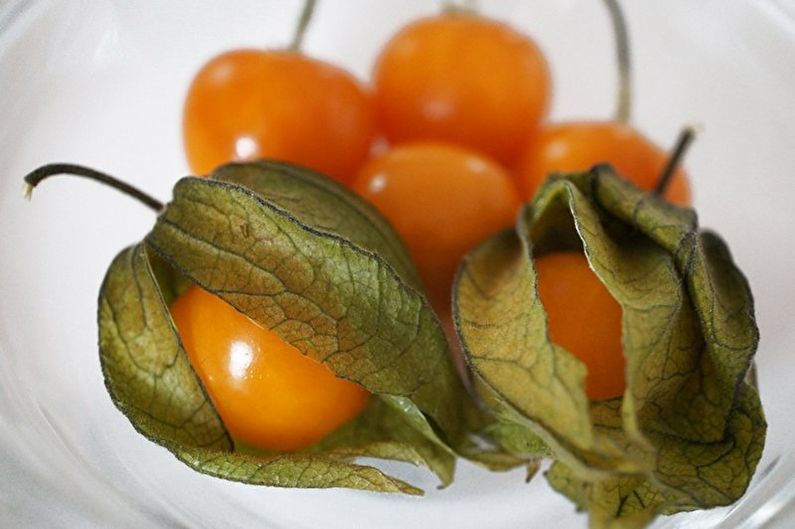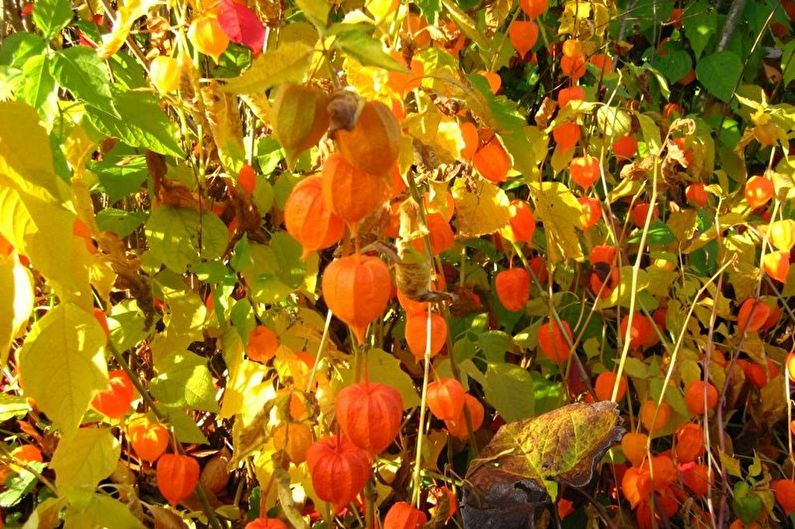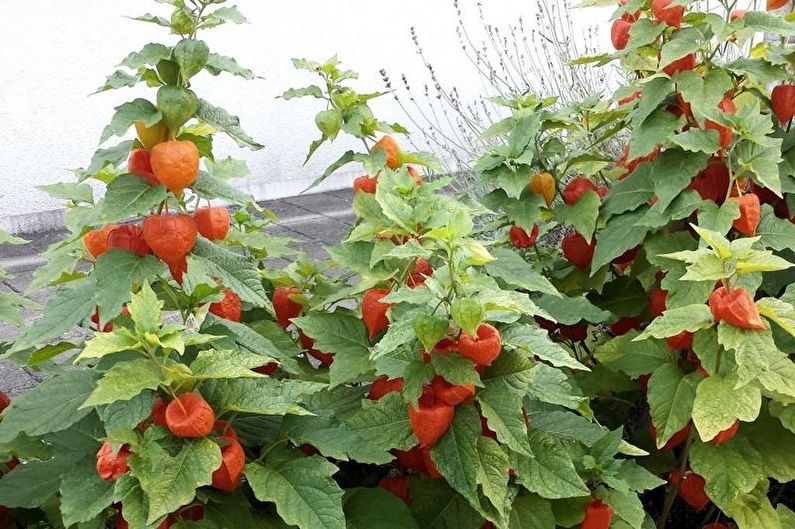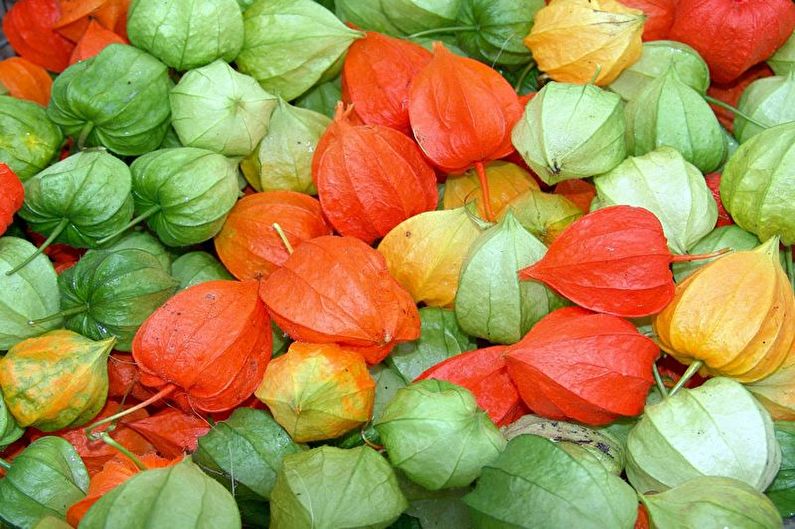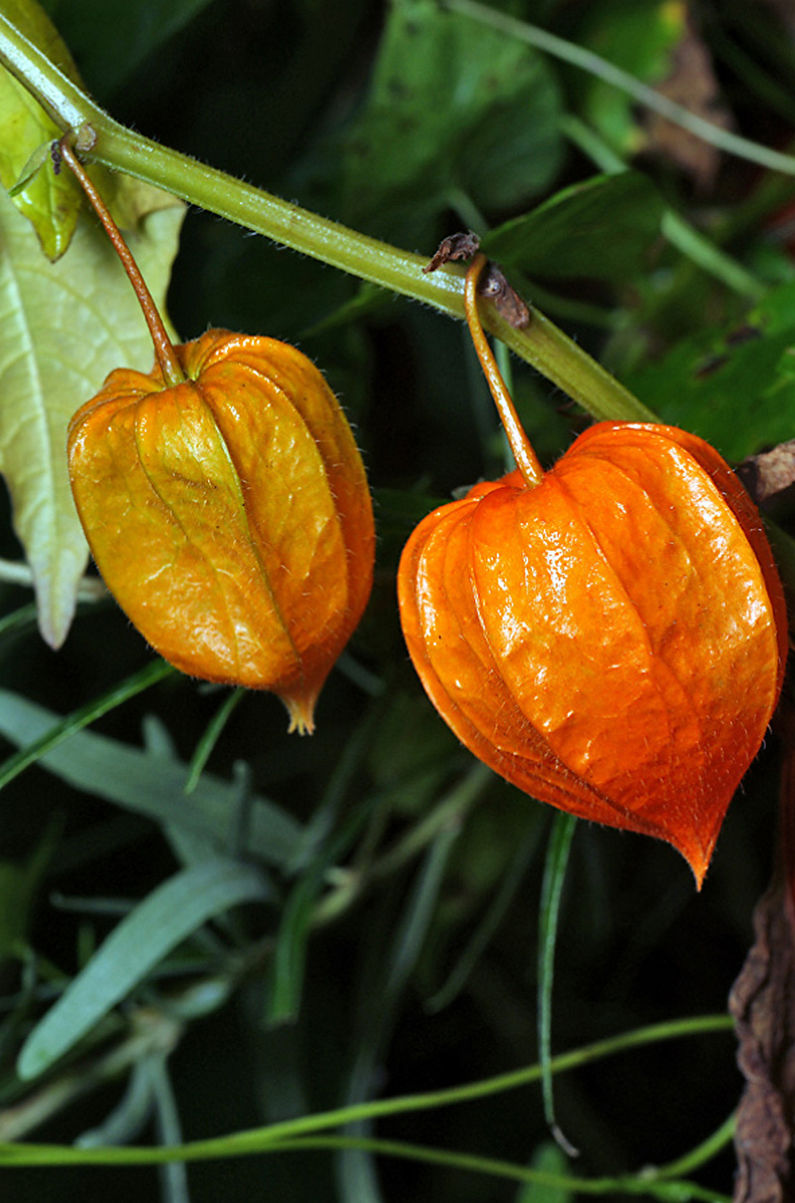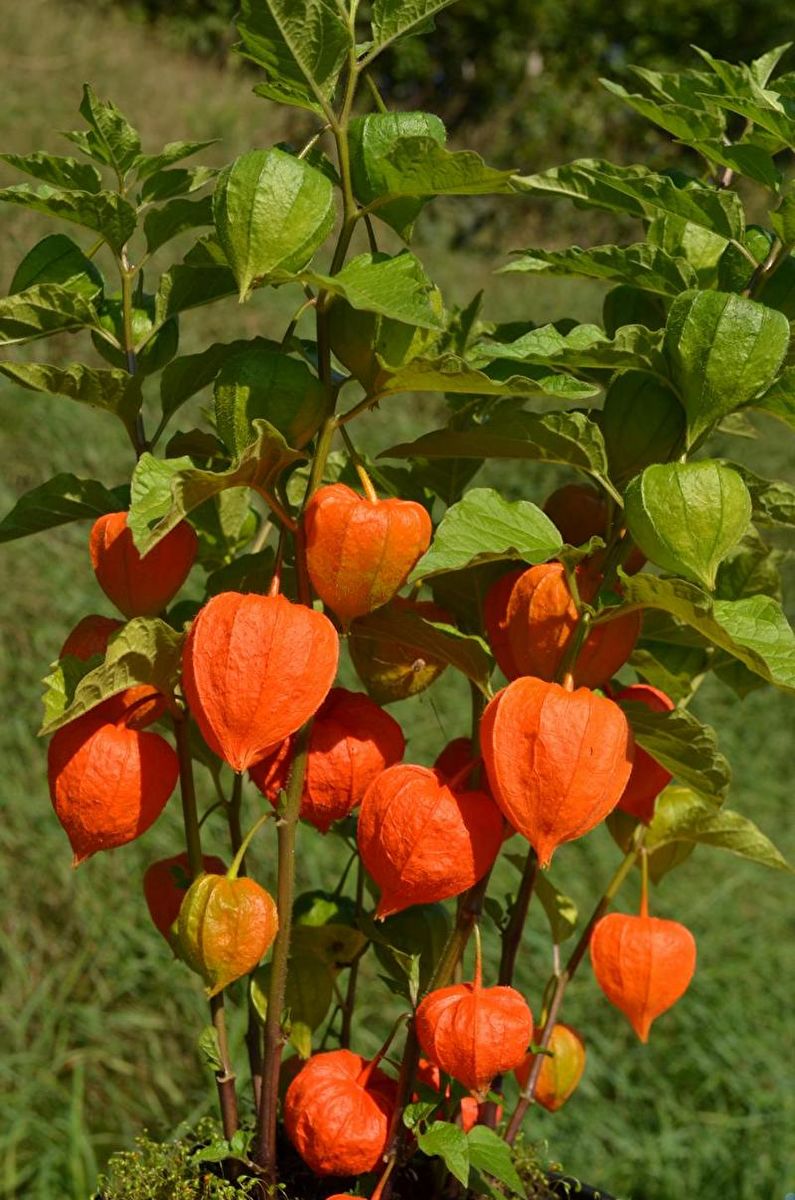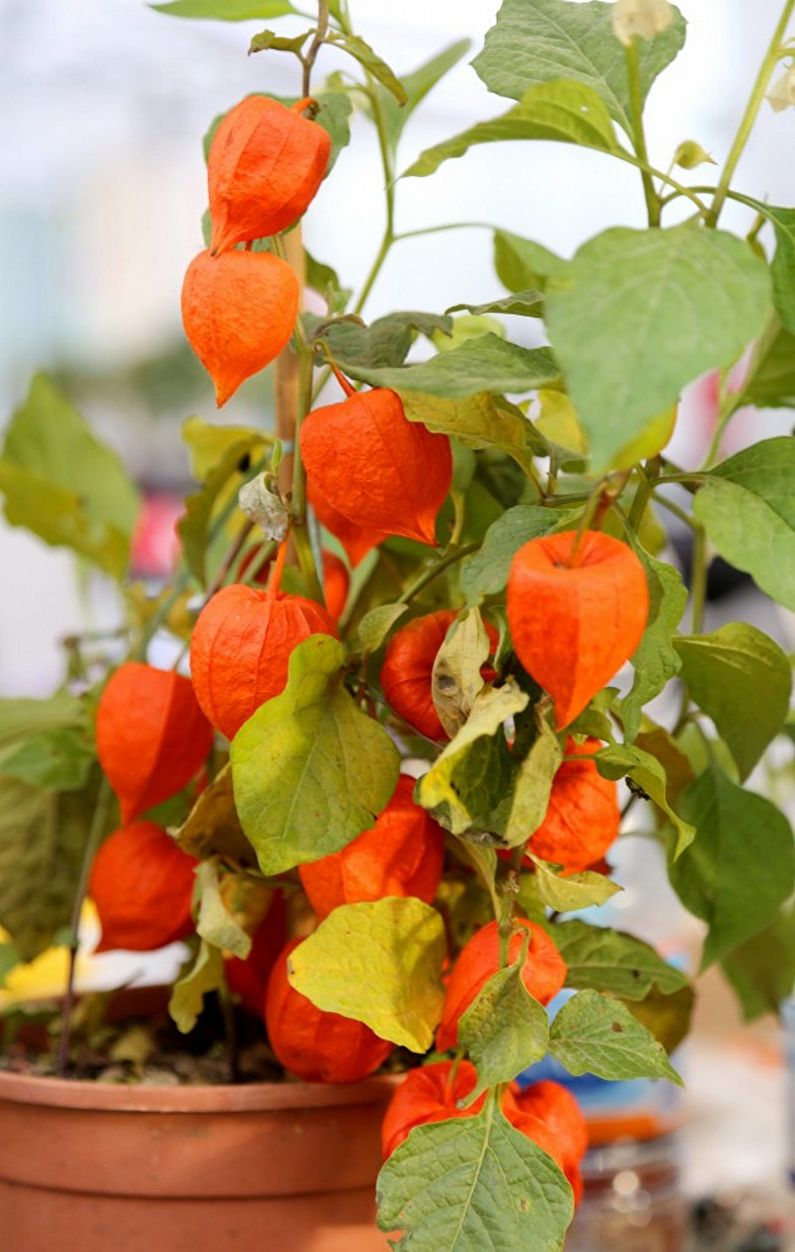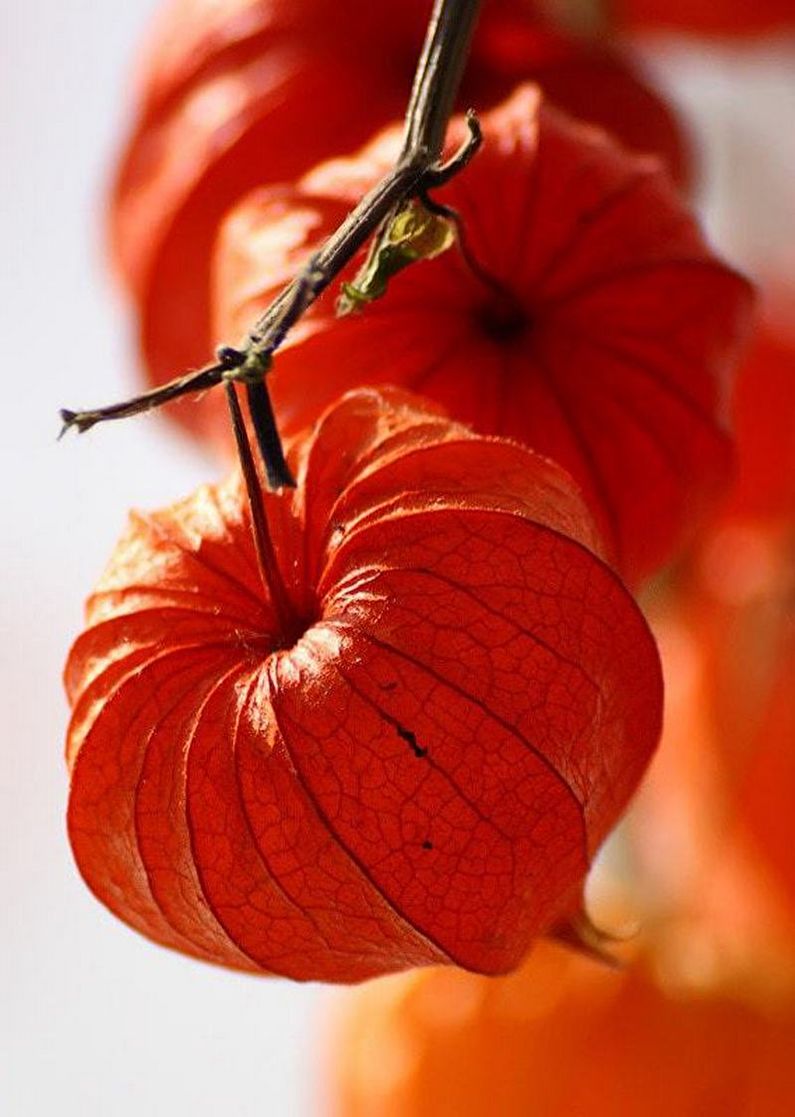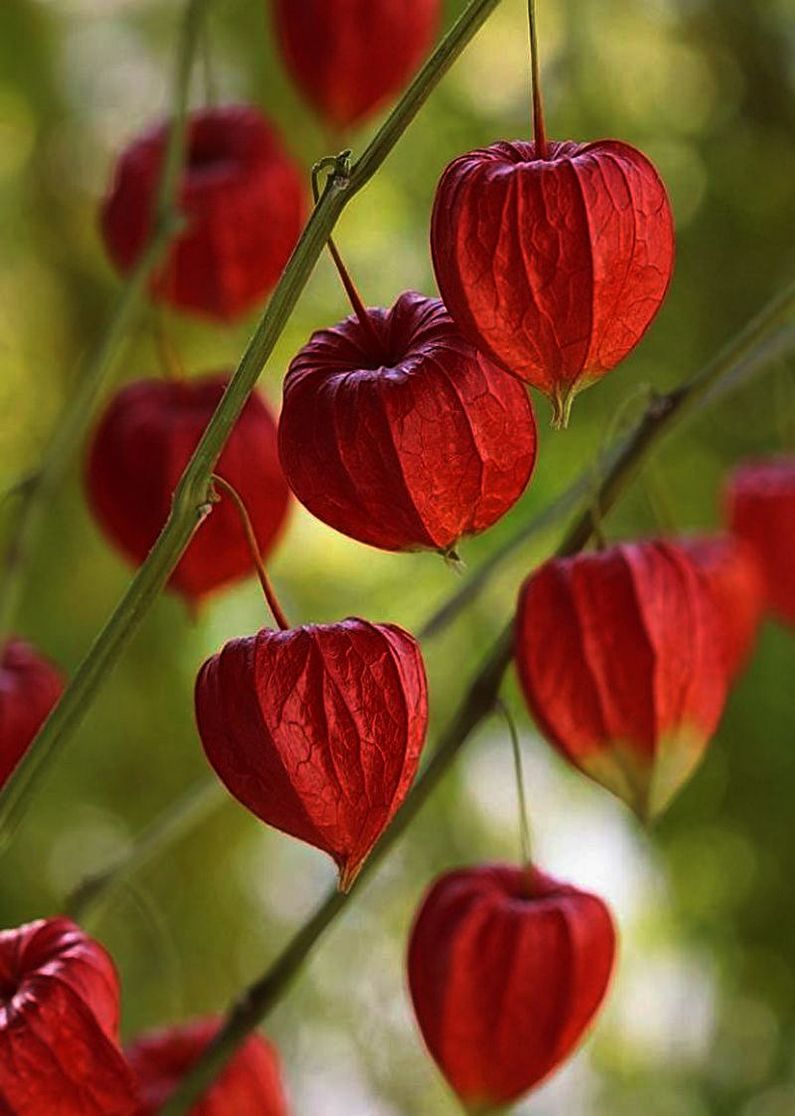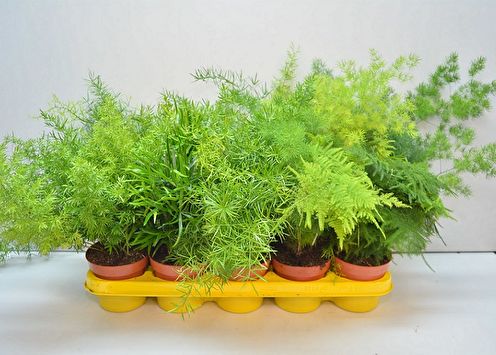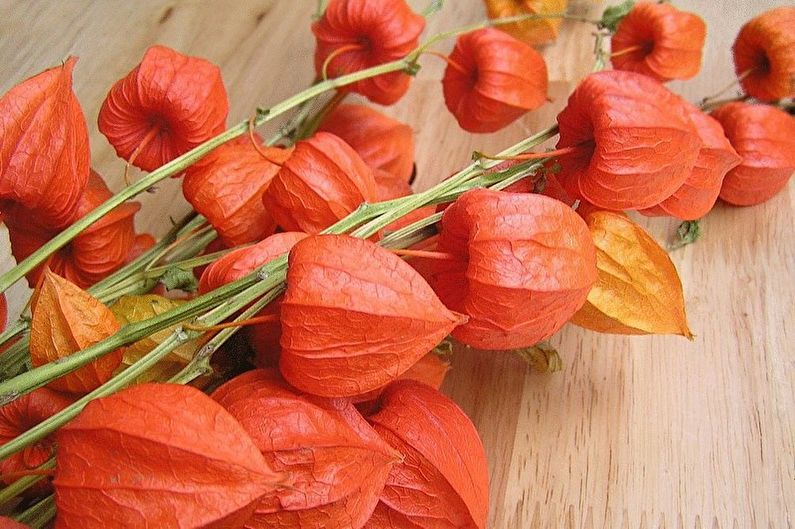
Thinking about planting this wonderful representative of the flora on your own site or in the apartment, you must initially decide on the purpose of this decision: juicy fruits for making excellent jams, compotes and other culinary dishes or a worthy decoration of the garden. This plant is native to Central and South America; it was introduced to Europe in the 17th century and gained wide distribution. It is also called Peruvian gooseberry, earthen cherry. About what physalises are, as well as how to care for them and conduct reproduction, we will discuss this in our article!
The main types
Physalis has many types and varieties, among which there are two main groups: edible and inedible. The former include species such as “vegetable” and “strawberry,” and the latter are decorative. In addition, edible crops have many more varieties, each of which has its own advantages. Now, first things first.
Vegetable Physalis
This species boasts its cold resistance, productivity, rapid growth, as well as medicinal properties. It reproduces itself self-seeding and is relatively unpretentious in care. Quite large and juicy fruits of this culture are suitable for pickling, preparing winter salads, making their own seasonings, and quite sharp. The most common varieties of this group are:
- "Pineapple" with small juicy fruits that can be consumed fresh;
- "Raisin" - a stunted, but quite early ripening variety, the fruits are often used for cooking stewed fruit, jam;
“Columbus” is appreciated for its berries, which are rich in trace elements, vitamins, and pectin. Harvest can be consumed both fresh and stewed fruit;
“Korolek is a great option for home winemaking lovers, as its berries are excellent for this. They are also processed into caviar, jams, candied fruits.
Most of all, the Confectionery variety is rich in pectin. Its name speaks for itself, since the fruits of the plant are used in the preparation of marmalade, sweets, pata and other confectionery products. For cultivation in home room conditions, such varieties as Korolek and Confectioner are best suited.
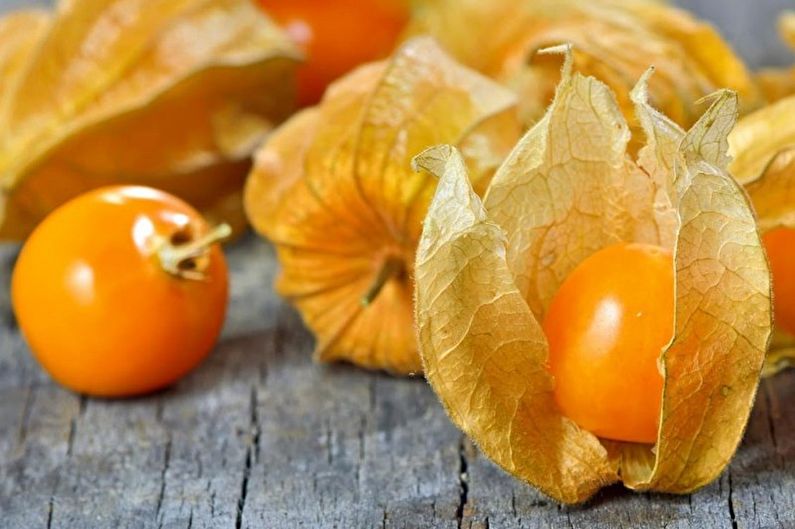
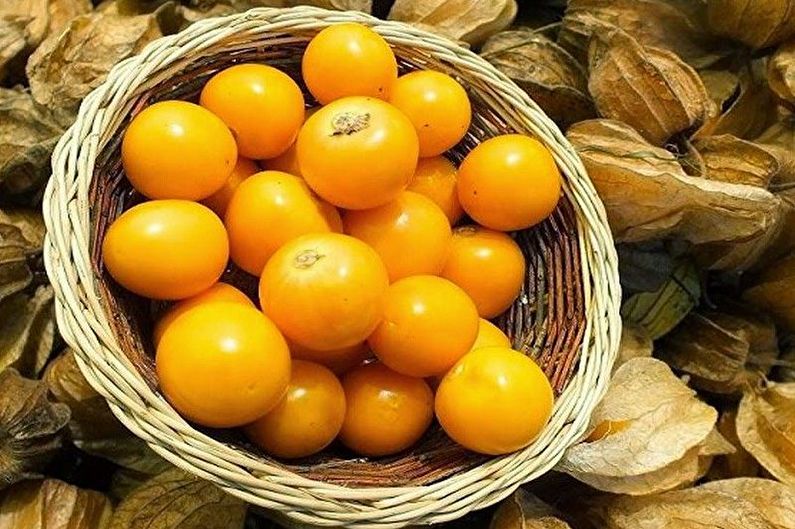
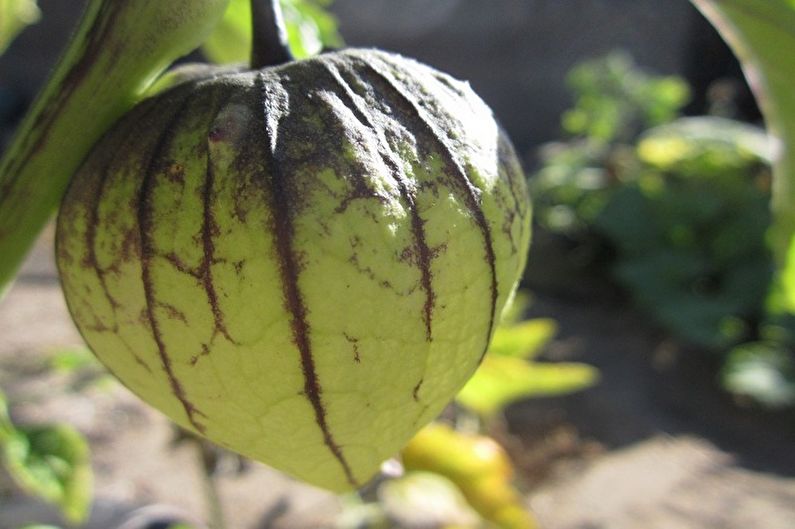
Decorative physalis
Seating of this type is one of the favorite techniques of landscape designers, as it beautifully decorates shady sections of the garden. Its flowering occurs in early autumn, when bright orange boxes of buds, reminiscent of "Chinese lanterns" ripen against a background of plain foliage. The interiors also decorate with branches of such a beautiful plant: they decorate walls and doors with wreaths, put “lanterns” in an aquarium without water, and place them in openwork vases.
The decorative look also has berries located inside the box, but they are poisonous and inedible. There are several varieties: Alkekengi with buds of red, orange or yellow, Franche and Longifolia with walnut cups.
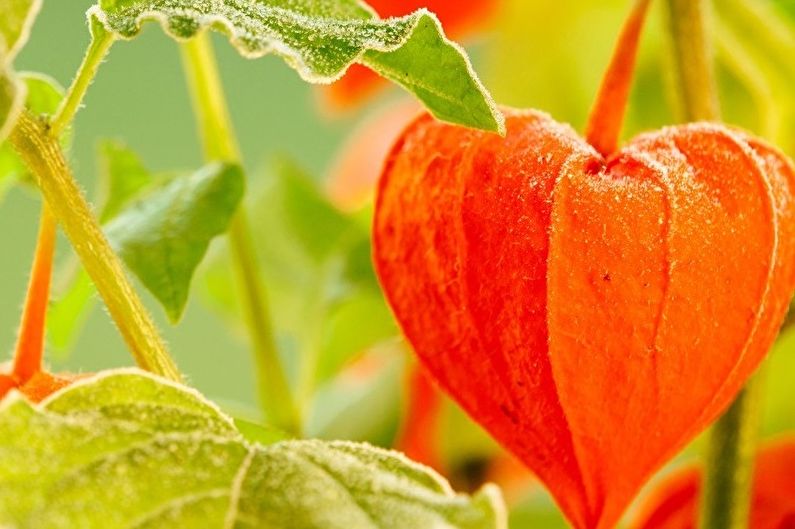
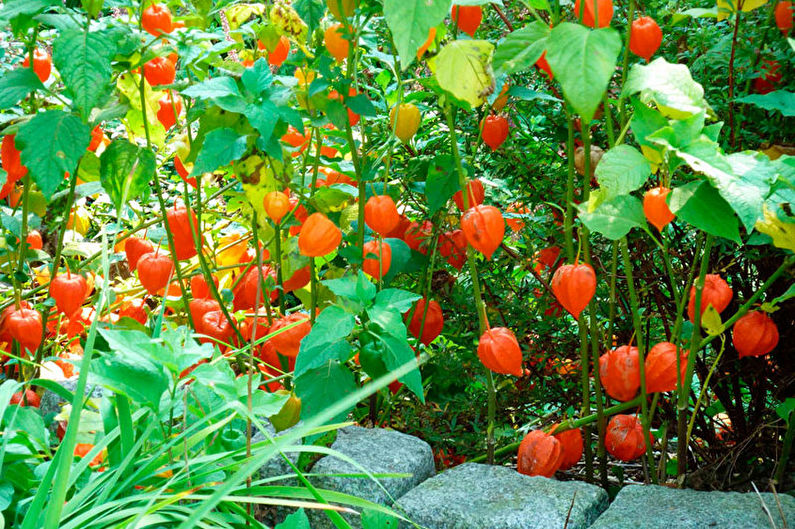

Proper Physalis Care
Creating the culture of the necessary microclimate, as well as constant systematic care will save it from various diseases, provide a high-quality crop of edible species and the stunning beauty of the ornamental. It is necessary to start taking care of the plant from the very early period of its planting, nourishing it with the necessary trace elements.
Lighting
Indoor culture feels best on the southern windows, as well as eastern and western, where there is a lot of light. Northern ones are also acceptable, if there is no other option, but it is necessary to organize additional electric lighting.
On open soils, the plant is planted at partial shade.
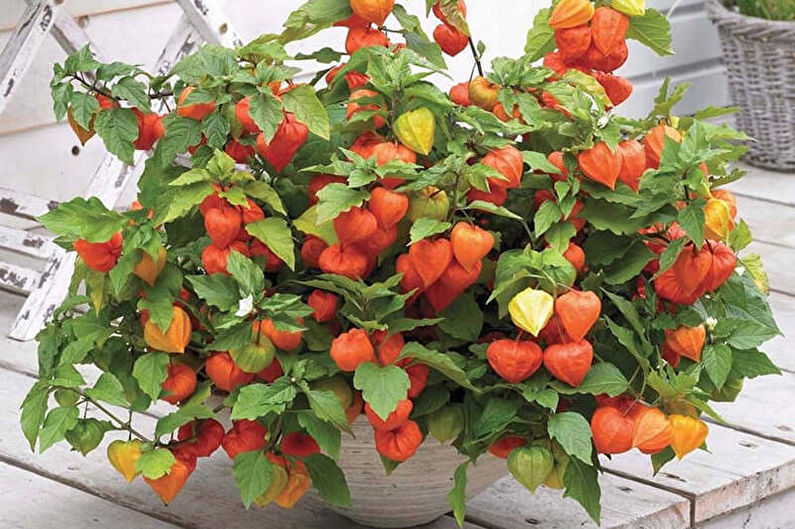
Temperature
Physalis in open soil is quite resistant to drought and frost. It can winter even at a temperature of + 30C. During the ripening and growth of seedlings, the temperature should be in the range + 15 ... + 20.
In room conditions, the optimal range is from +16 to +22 during the day and + 10 ... + 12 at night. At higher temperatures, yield will decrease significantly.
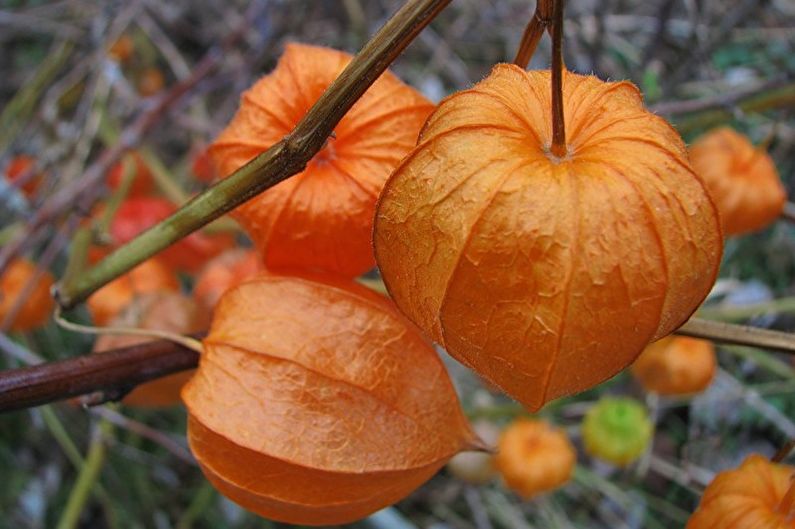
Humidity
The optimum soil moisture for this perennial is considered to be 70-80%, but a lower indicator is allowed. The most important thing is to prevent the land from drying out. At room conditions, the plant can be additionally sprayed during the maturation of seedlings, if there are heating appliances nearby. Physalis is not demanding on atmospheric humidity.

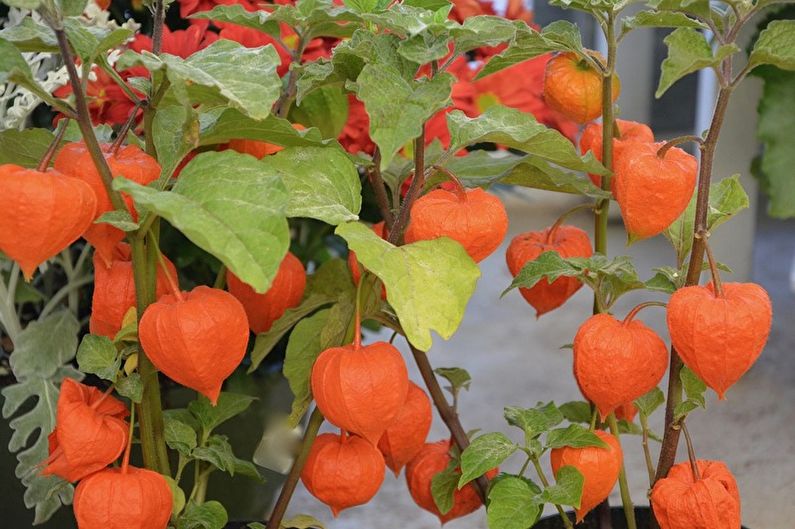
Watering
Physalis prefers a plentiful drink, but not too frequent. As a rule, the procedure is necessary once a week, and in dry times it can be repeated every other day. Also, good watering is necessary for the plant when planting, then the regime is reduced. Especially carefully you need to moisten the spread seedlings in home pots, from the edge of the pot. It is necessary to ensure that there is not too much water and stagnation does not occur. If the earth has settled strongly after watering, you can add soil from above. The soil must be moistened as it dries. When the fruit is being poured, the moisture recharge can be completely canceled to avoid cracking the berries.
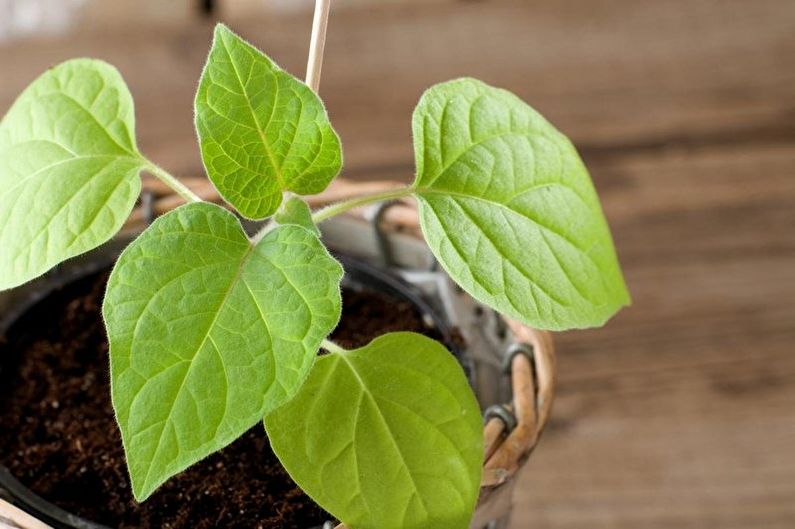
Fertilizers and fertilizing
Top dressing begins when planting seedlings and takes place every three weeks. To do this, use a solution of bird droppings in a ratio of 1:20 or mullein 1:10. Watering with such a composition is necessary at the root itself, so as not to burn the young leaves. For adult species, a solution is made based on potassium salt, superphosphate and ammonium nitrate. Each component must be taken in 15 g and diluted in 10 l of water. Such a tool is enough for 1 sq.m. landing.
For adult plants that are in indoor conditions, you can use mineral sticks or feed them every 10 days with universal fertilizers.


Pests and diseases of the physalis
It should be noted that this culture is much less likely to suffer from diseases than other representatives of garden species, but, nevertheless, there are still some dangers. Among the most common diseases, it is possible to distinguish:
1. “Mosaic” - typical for specimens that are not given proper care. The disease received its name from the characteristic symptoms, which are manifested by a contrasting spotty coloration of green areas. As a result, the yield is significantly reduced. The plant must be immediately removed and burned, since today there is no cure, and the place of growth should be treated with a potassium permanganate solution.
2. The "black leg" usually damages the physalis in an early stage, if it is in conditions of high humidity. The disease manifests itself by blackening of the base of the stem and further death.
3. Phytosporosis is another ailment that is quite dangerous during fruit ripening, when subcutaneous brown spots begin to appear on them. Naturally, such berries are unsuitable for consumption. Such a disease is treated by spraying with a one percent solution of Bordeaux fluid.
In addition to diseases, culture often suffers from pest attacks, the bright representatives of which are wireworms and bears. The latter literally gnaw the roots of seedlings, so experienced gardeners plant a plant in a pot without a bottom or a ring from a plastic bottle, providing protection. In this case, the buried "fence" should rise a few centimeters above the ground. To combat the wireworm, pits are created, which are filled with straw and covered with boards. When the insects get there, the bait is burned.
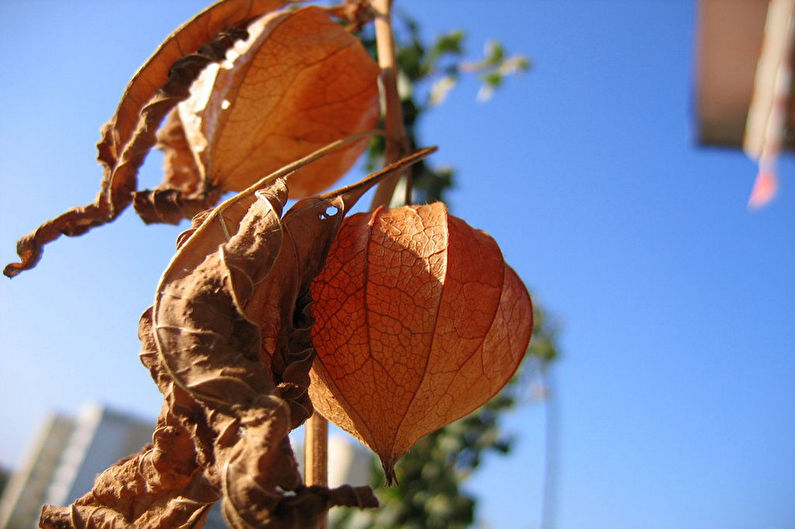
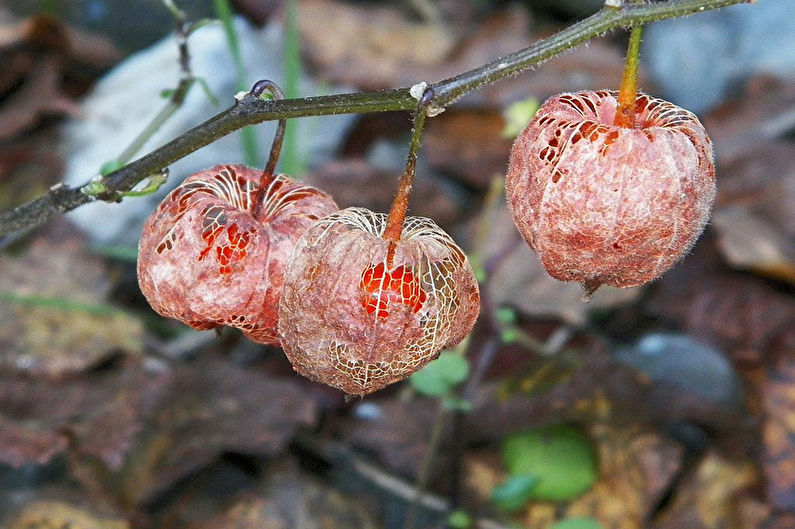
How to transplant physalis
The plant must be replanted every four years in a new fertilized soil.For physalis transplantation, you need to choose a bright, sunny place with light fertile soil, so it must be well loosened and dug up a couple of weeks before planting. You can add ash and humus. It is not recommended to plant in places where eggplants, potatoes or peppers were previously grown so that the planted crop does not take over the possible diseases of its predecessors. During planting, you need to water the plant abundantly, then this procedure is carried out in dry weather.
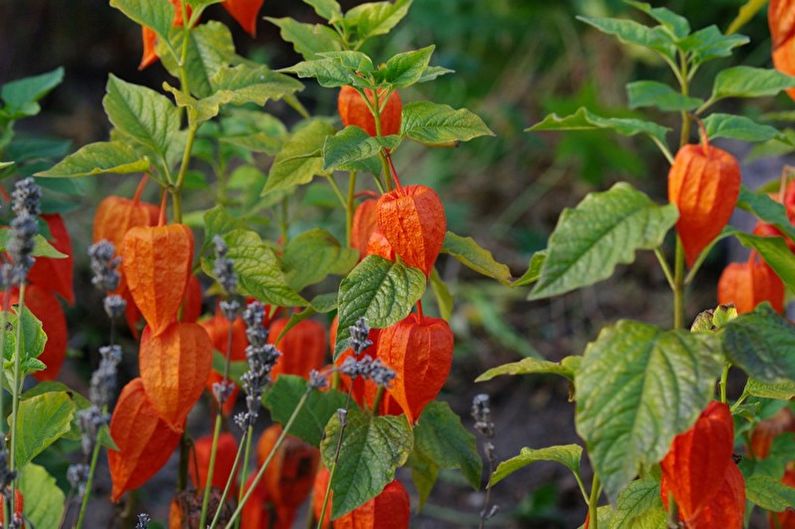
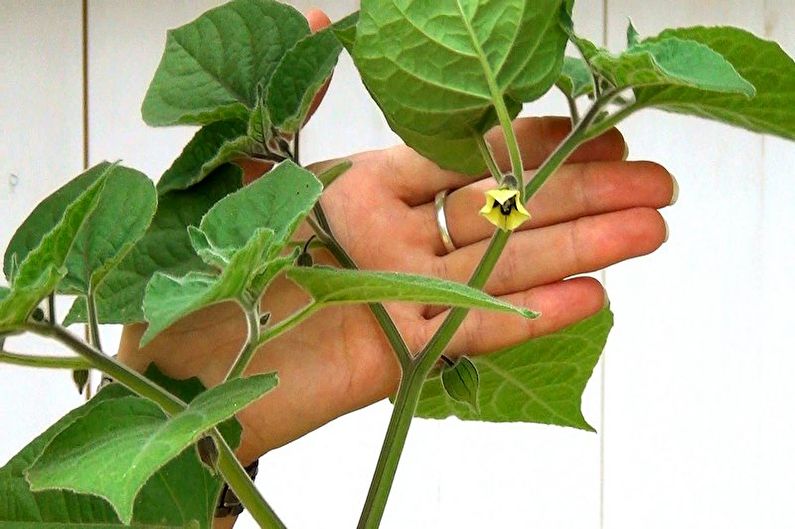
Propagation at home
There are several ways in which a plant can be propagated - by seeds, cuttings and lateral processes. It is also worth noting the ability to disperse the culture by the seedling method. Before winter or early spring, seeds are sown simply in open ground. An interesting fact is that such seedlings are much healthier and more seasoned than homemade, but the fruits can be seen much later. It is enough to sow physalis once, in the future it will independently increase its number by self-sowing.
Propagation of physalis by seeds
The most important thing is to choose the right material and prepare it for planting in the soil. There is a little secret how to select the best of them: it is necessary to lower the seeds into a five percent saline solution. Those that have surfaced must be discarded, and those that have settled must be collected, washed with clean water and dried. Immediately before sowing, the material must be held briefly in a slightly pink solution of potassium permanganate.
Sowing is carried out in the middle of spring. Shallow grooves form on the soil at a distance of 25-30 cm. Seeds are laid sparsely. With the appearance of the first sprouts, it is necessary to thin them so that the seedlings are at least 30-40 cm apart, since the plant is highly branched. At home, seedlings develop well at a temperature of + 15 ... + 18 and periodic ventilation. You can transfer it to the loggia or balcony only when the threat of frost disappears. You can transplant into the soil seedlings after a month and a half. This is followed by proper care.
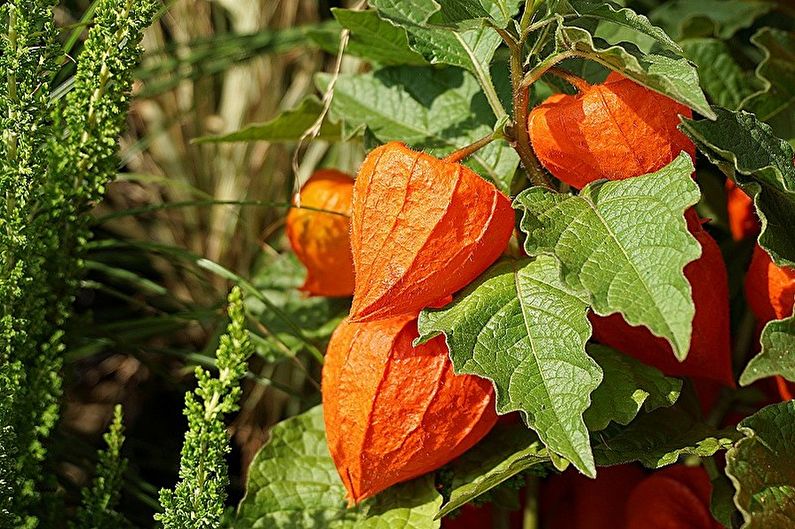

Propagation of physalis by the lateral processes
Creeping rhizome, located in the ground shallow, eventually forms shoots, which are quite a lot. In the spring-autumn period, they must be separated (dug) from the mother bush together with part of the rhizome. The material is subsequently transplanted into a new fertilized and well-moistened soil.
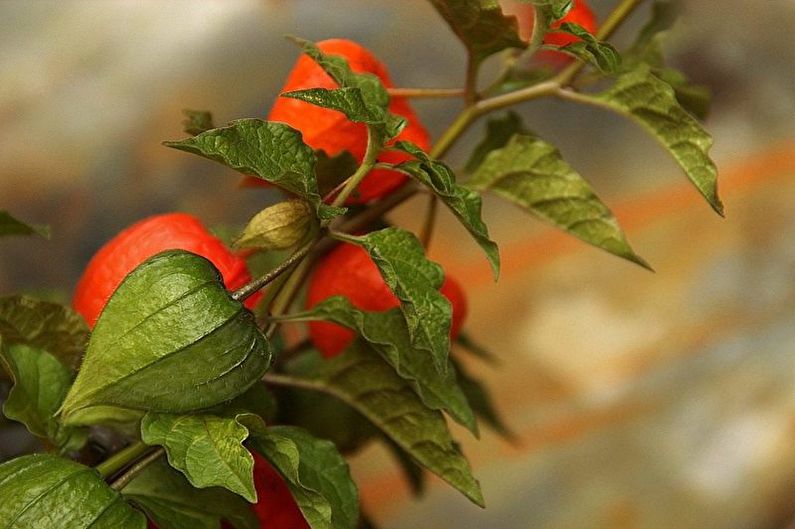
Propagation of physalis by cuttings
To propagate physalis in this way, you need to find on the branches of the bush and cut off the tops of the stems, which have several developed internodes. The resulting material is planted in loose soil half. It is important to create greenhouse conditions. Therefore, the first time the bed is covered with a film, but not continuous, but perforated to provide ventilation. After a while, it is removed, while it is necessary to provide protection from direct sunlight and plenty of drinking for the time of rooting of the cuttings.
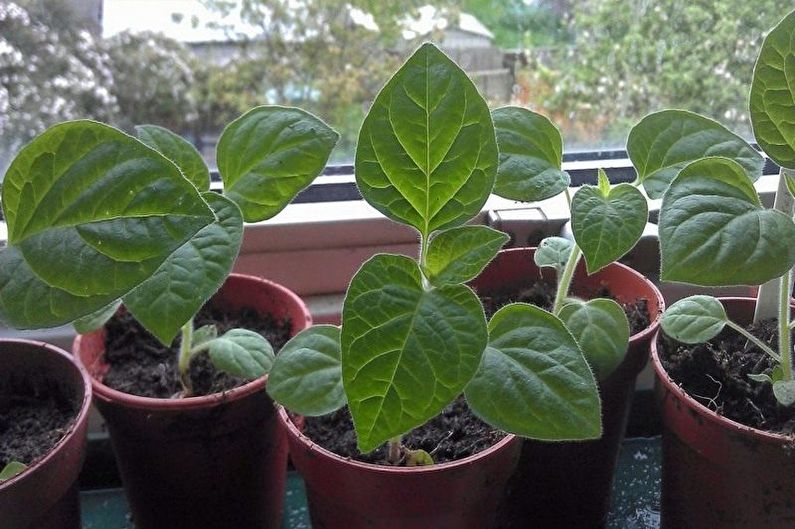
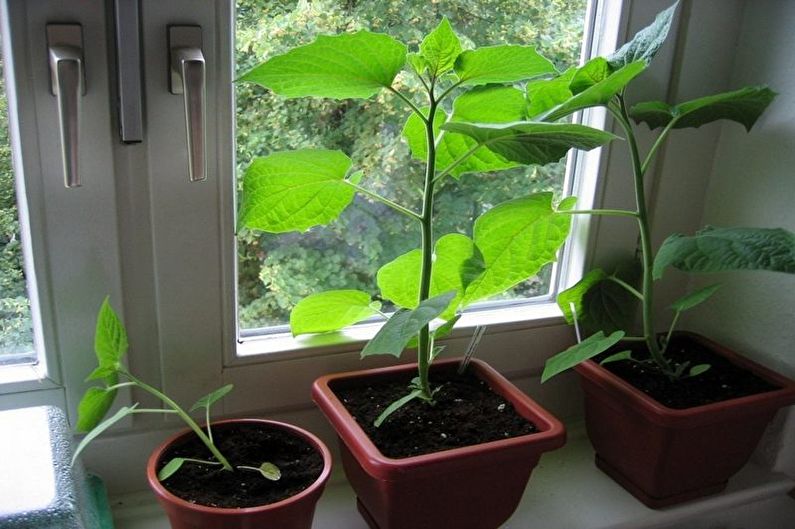
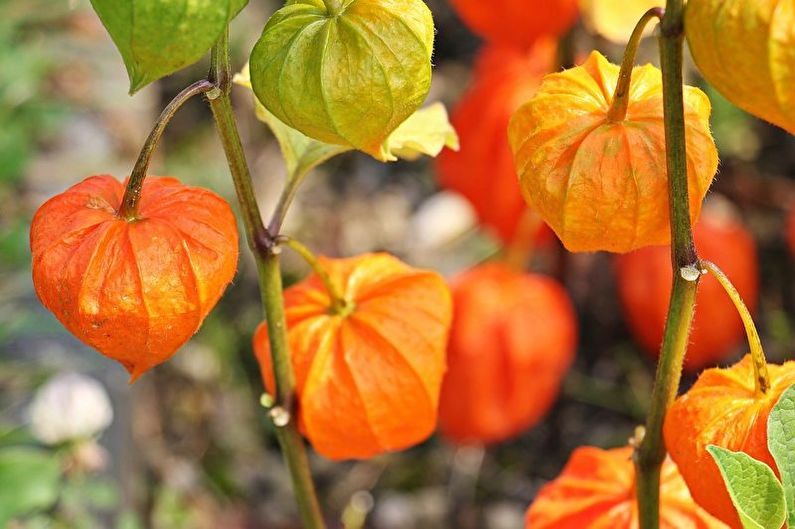
Physalis - photo
Of course, the taste of ripe edible physalis berries cannot be conveyed by pictures, but we offer to admire the beauty of this wonderful plant in the photo gallery. Here are collected its most diverse types and varieties, as well as ways to decorate garden plots and home loggias. Enjoy watching!

